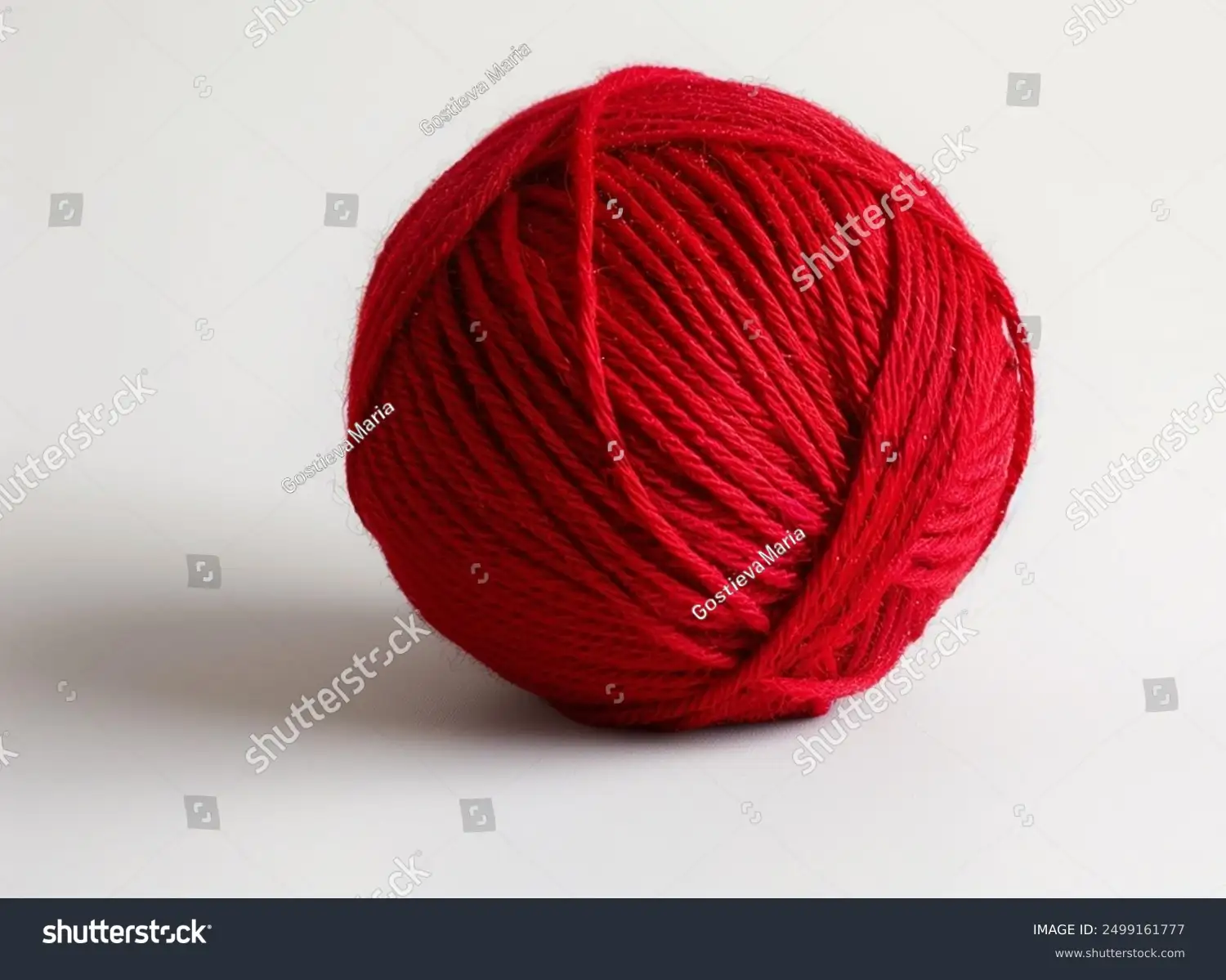Discover the Magic of Colorless Lenses for Clearer Vision Today

Over the decades, the development of lenses has transformed how we see the world. Initially, glasses were merely a tool for magnifying text or improving blurry images. The advent of colorless lenses has revolutionized this concept by providing exceptional clarity and comfort. Colorless lenses are now designed to enhance visual acuity without any tint that might alter perception. As technology advances, the lenses have become thinner, lighter, and more resistant to scratches, ensuring that clarity does not come at the cost of durability. This section will delve into how these advancements have made colorless lenses a preferred choice among users. Colorless lenses come with a plethora of benefits that enhance overall vision quality. Some of the key benefits include: The engineering of colorless lenses incorporates high-index optics and specialized coatings. These advancements not only enhance clarity but also improve performance in varied lighting conditions. High-index materials allow for thinner lens designs, which cater to those with stronger prescriptions. Additionally, anti-reflective coatings reduce glare from screens and bright lights, allowing for a more comfortable viewing experience in various environments. Colorless lenses cater to a wide audience, making them suitable for nearly everyone. Individuals who spend extended hours in front of screens, such as office workers, gamers, and students, will find that reducing glare enhances their productivity and reduces eye strain. Moreover, seniors who require stronger prescriptions can benefit from the lightweight nature of these lenses. Even children can enjoy the advantages of colorless lenses, making them ideal for active lifestyles. Before purchasing colorless lenses, consulting an eye care professional is crucial. They can provide an accurate prescription and recommend suitable options based on individual needs. It is essential to communicate any vision problems or preferences during this consultation, as professionals can suggest specific types of lenses that would work best for you. This tailored approach ensures that you select the right lenses for your unique vision requirements. Colorless lenses come in various types, including single vision, bifocal, and progressive lenses. Understanding these types will help you make an informed decision: When selecting colorless lenses, consider factors such as lens coatings, frame compatibility, and lifestyle needs: Proper care is essential to prolong the life of your lenses. Always clean your glasses with a microfiber cloth and avoid using abrasive materials that can scratch the lens surface. Store your glasses in a protective case when not in use, and periodically check with an eye care professional to ensure that your prescription is current. Taking these steps will help you maintain clarity and ensure your colorless lenses remain in excellent condition. Colorless lenses are typically made from high-index plastic or polycarbonate, providing lightweight and durable solutions for corrective eyewear. Yes, many colorless lenses come with a blue light filtering option that can help reduce eye strain from prolonged screen time. It is generally recommended to replace your lenses every one to two years, but consult with your eye care professional for personalized advice based on your usage and prescription changes.Discover the Magic of Colorless Lenses for Clearer Vision Today
The Evolution of Lenses
Benefits of Colorless Lenses
The Technology Behind Colorless Lenses
Who Can Benefit from Colorless Lenses?
Choosing the Right Colorless Lenses
Consulting an Eye Care Professional
Understanding Different Lens Types
Factors to Consider When Buying
Maintaining Your Colorless Lenses
FAQs about Colorless Lenses
What are colorless lenses made of?
Can colorless lenses block blue light?
How often should I replace my colorless lenses?





